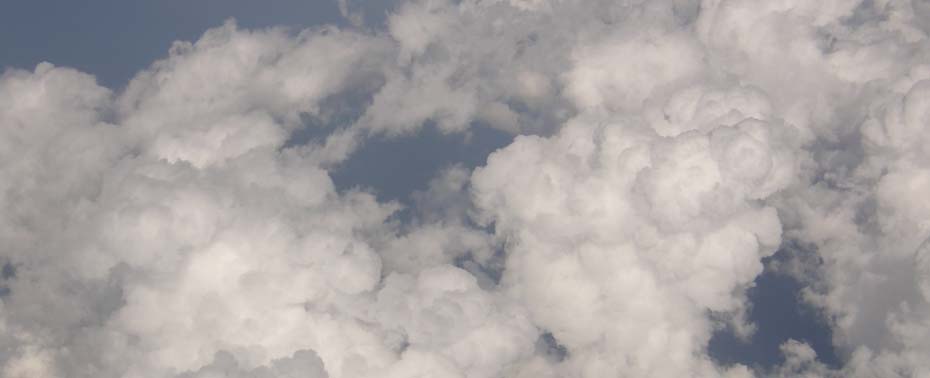Although the British were described as latecomers in a line of Western Colonialists in Malaysia's history, they arguably left the most enduring legacy, particularly in the form of legislation and the development of George Town into a 'modern' city. Even a short gallop through the history of Penang will not be complete without mention of the arrival of the British in 1786, and the subsequent introduction of British rule in the day-to-day administration and governance of Penang.
 One could conjecture that had there been no British authority in Penang, the shape and destiny of heritage conservation could have turned out to be entirely different. Shorn of British influence, the built heritage and living culture of the ethnic enclaves could very well come to the fore. Be that as it may, historical landmarks in Penang bear the inspiration of various influences. Many still stand till this day, although in the preface to the 2nd edition of Streets of George Town, the author lamented that "many heritage buildings have fallen."
One could conjecture that had there been no British authority in Penang, the shape and destiny of heritage conservation could have turned out to be entirely different. Shorn of British influence, the built heritage and living culture of the ethnic enclaves could very well come to the fore. Be that as it may, historical landmarks in Penang bear the inspiration of various influences. Many still stand till this day, although in the preface to the 2nd edition of Streets of George Town, the author lamented that "many heritage buildings have fallen."George Town, the capital of the state of Penang, has one of the largest collections of 19th, and early 20th century buildings in Southeast Asia. It is a living historic city, with inner city communities, places of worship, guilds, wet market and bazaars, traditional trades and retail shops, trishaw peddlers and hawkers.
Since 1948, George Town’s heritage buildings had been protected under a Rent Control Act. A 1994 census showed that Penang had 12,453 rent control premises with 8,259 located in the heart of George Town. The repeal of Rent Control at the dawning of the new millennium has seen the transition of some tenants to other parts of Penang. However, the State Government is doing all it can to ensure that George Town’s heritage landscape and living culture will survive this transition. Getting George Town listed by Unesco as a World Heritage Site will go a long way towards this goal.
 Daily, hundreds of tourists both local and foreign, visit this vast preservation of treasures in George Town, in which may be seen and enjoyed the story of Penang's man-made heritage. As the starting point of Penang's multicultural community, the inner city of George Town has many houses of worship, guilds, mosques, temples, clanhouses, district associations, sanghams and lodges which are Penang's 'open museums' of migration and cultural history. The many heritage tour guides are only too happy to reveal to the visitor the beauty and wonder, and the inspiration and spiritual meaning that lie behind each building, each community and each culture.
Daily, hundreds of tourists both local and foreign, visit this vast preservation of treasures in George Town, in which may be seen and enjoyed the story of Penang's man-made heritage. As the starting point of Penang's multicultural community, the inner city of George Town has many houses of worship, guilds, mosques, temples, clanhouses, district associations, sanghams and lodges which are Penang's 'open museums' of migration and cultural history. The many heritage tour guides are only too happy to reveal to the visitor the beauty and wonder, and the inspiration and spiritual meaning that lie behind each building, each community and each culture. A nimble amble through the historical sights in George Town: the first four streets mapped out by city fathers in George Town, namely Beach Street, Light Street, Pitt Street (now Jalan Mesjid Kapitan Keling) and Chulia Street are still very much relevant and bustle with traffic everyday. Just around the corner from Beach Street lies the Colonial Quarter, where Fort Cornwallis, Esplanade, City Hall, Court-house, St. George's Church, Convent Light Street, Cheong Fatt Tze Mansion, the Protestant Cemetery, and other historical buildings are situated.
A short distance away are what is described as the historic port settlements or 'ethnic enclaves' – the Little India commercial orb, Kapitan Keling mosque, Goddess of Mercy Temple, Mahamariamman Temple, Armenian Street, Acheen Street, Khoo Kongsi, King Street, Weld Quay and others.
(sources from Penang Tourism Official Website @ http://www.tourismpenang.gov.my/section.cfm?id=37)



















2 comments:
还去了槟城的哪里啊?记得分享照片哦!!
一定会分享。。。。
Post a Comment